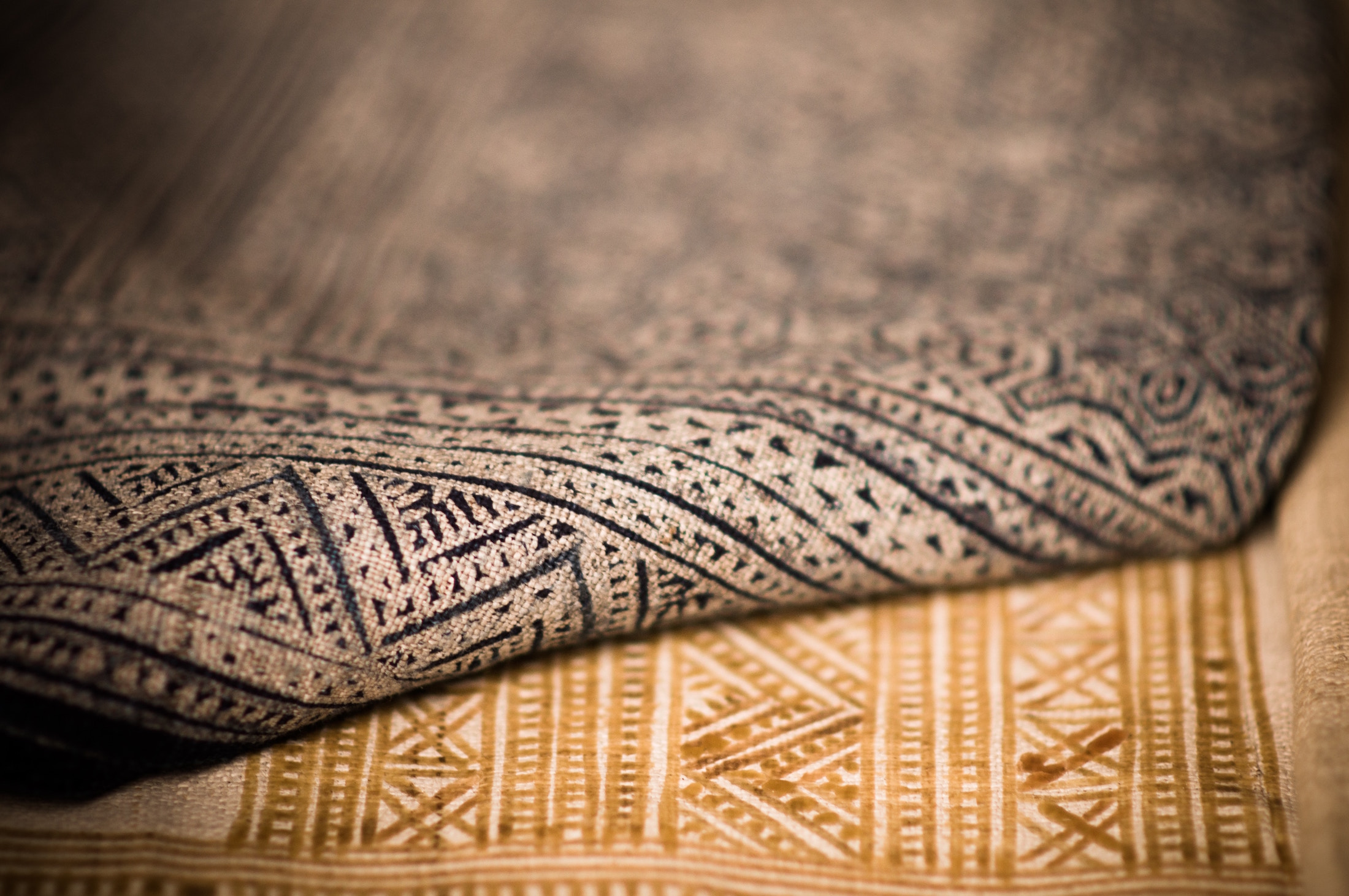Wordsmythe defines “sustain” as “to provide with the basic necessities of life” and “to keep (something) going or existing”; according to the Cambridge English dictionary, it means “to cause or allow something to continue for a period of time” or “keep alive.”
When most of us hear the term “sustainability,” we think of the environment, endangered species, the human race, planet Earth.
For many years, it didn’t occur to me to associate ethnic textiles with sustainability. All I knew was what I absorbed from my parents—a love of handmade textiles in general and traditional textiles in particular. Now, having become more educated about textile traditions, I also associate the word “sustain” with ethnic textiles—and with social justice, breaking the cycle of poverty, and the conservation of cultural traditions, all of which are embodied by these textiles.
Ethnic Textiles and the Challenge of Sustainable Livelihoods
After 9/11, I wanted to make a difference in the world. Between my appreciation of handmade textiles and my conviction that education was the key to peace, I found my niche in WARP (Weave a Real Peace), an international network of people dedicated to improving lives worldwide through textile arts. I firmly believe that improved quality of life directly leads to increased access to education, and education increases the likelihood of peace.
As I became more involved in WARP, I realized that to truly make a difference, we must encourage and support sustainable practices. Instead of providing textile artisans with raw materials, we need to encourage them to use readily available resources, as they did before globalization (often before the industrial revolution). We must support the use of natural dyes extracted from local flora and of fiber from local animals and plants, while sustaining their natural environment.
Another aspect of helping traditional artisans is to educate them about how to appeal to western tastes without compromising their traditions, while simultaneously educating the broader public about the importance of textile traditions to grassroots economies.
Unfortunately, traditional textile techniques are labor intensive and have a tough time competing with mass produced knock-offs. The younger generations are tempted away from the traditional way of life to earn a living wage in easier and more cost effective ways.
A Changing Perspective
As my own understanding of these issues grew, so did my interest and appreciation for ethnic textiles. I started writing about them for WARP’s newsletter, initially focusing on textile techniques, then shifting more to the stories behind them.
I learned of the backstrap weavers in the highlands of Peru who weave textiles using techniques that have been employed for untold generations. The women of the nomadic Rabari tribes in the Kutch Desert in India still create mirror embroidery to deflect the evil eye. The Blue Miao of the Guizhou province in China ply their indigo dyeing skills as they have done for centuries.
Of all the techniques I researched, I was most intrigued by the weaving traditions of the Berber of the Atlas Mountains in northwestern Africa.
Among the Berber, the women are expected to stay close to home, doing women’s work, which includes weaving. Children also stay close to home, but when the boys become men, they leave the sphere of women’s influence to continue their journey through adult life.
Berber weavers regard weaving as a metaphor of their sons’ life cycle. Prepping the loom represents birth through childhood. Beginning the actual act of weaving signifies the rite of passage from childhood to adulthood. Finally, when the weaver completes the textile and cuts it off the loom, the textile completes its life cycle and dies, as a man dies after completing his life journey. Both pass into afterlife, which for the textile, is its life in its new home.
These and other stories quite literally form the fabric of human existence. In many cases, the traditions are endangered. Some have actually died out.
The news isn’t all bad.
Over the last couple of decades, there’s been an increase in the awareness of the adverse environmental impact of mass production, and with it, the understanding that traditional techniques are more environmentally friendly. The awareness of the importance of keeping textile traditions alive is spreading, and more organizations are working to nurture these traditions, and to prevent them from disappearing.
Traditional textiles also celebrate our humanity, from the individual and each community to society as a whole. Textile traditions help us maintain connections to our past and honor our various cultural identities. They also speak of individual artisans through their skill and artistry, their preferences, accessible materials, and geographical location.
Not only are textile traditions environmentally friendly, but they also prevent us from losing our humanity. The stories behind the textile traditions are universal, bringing to light our commonalities, helping us recognize our ties with each other, no matter where we reside in the world and what our place is in society.



